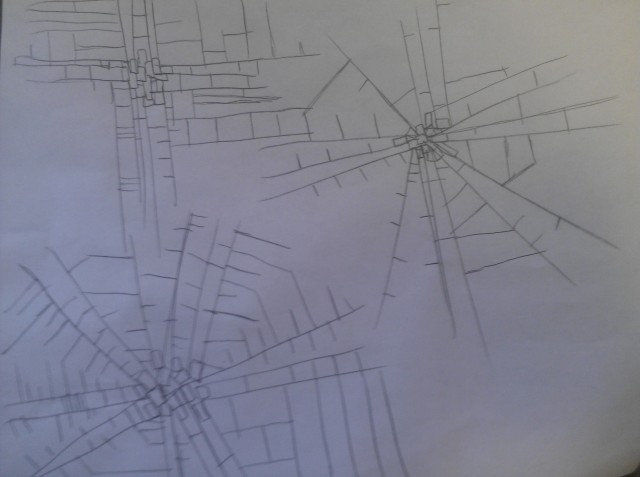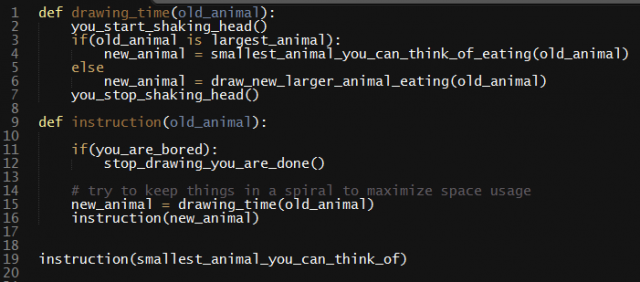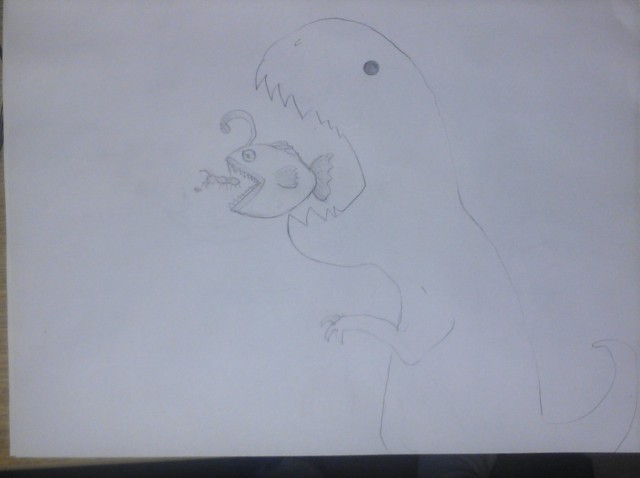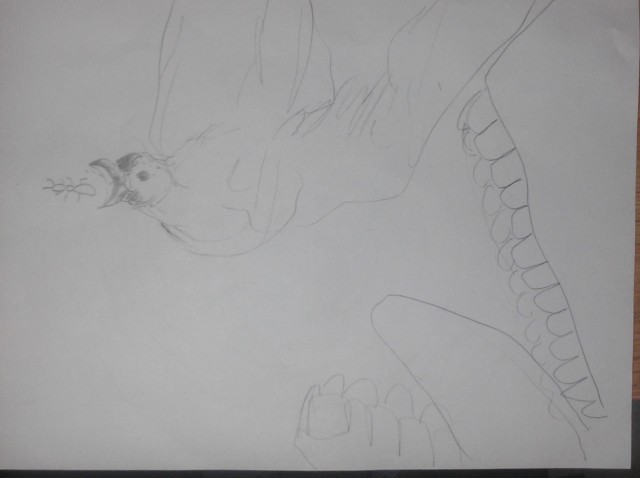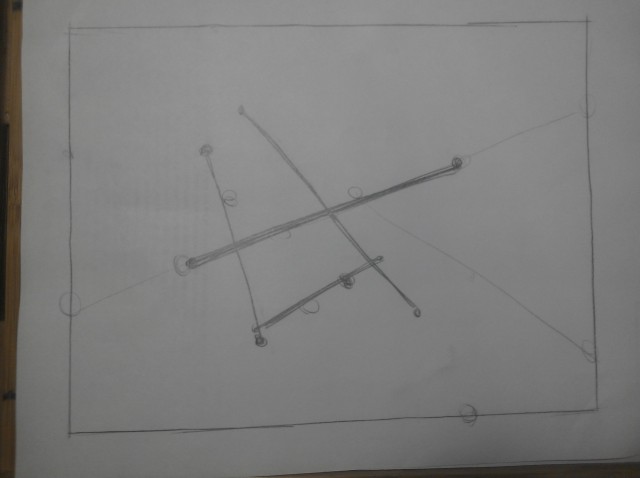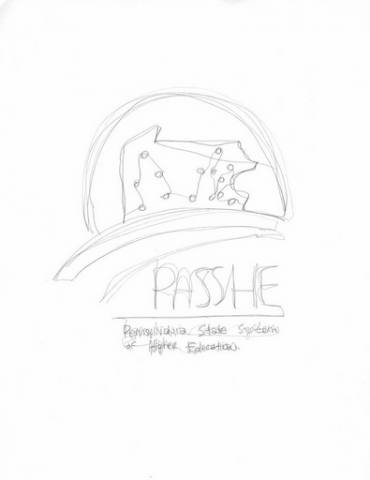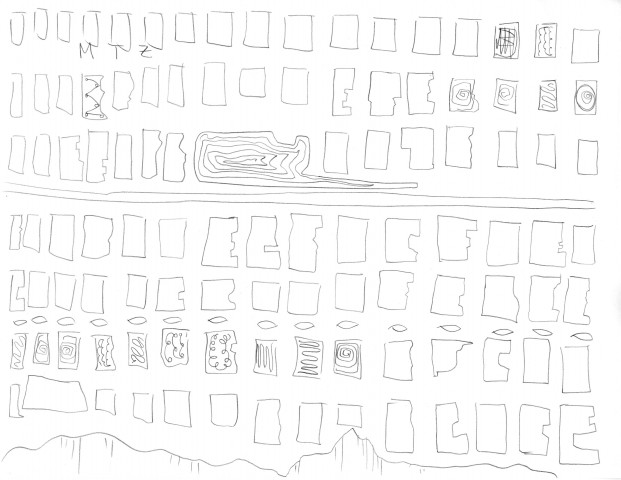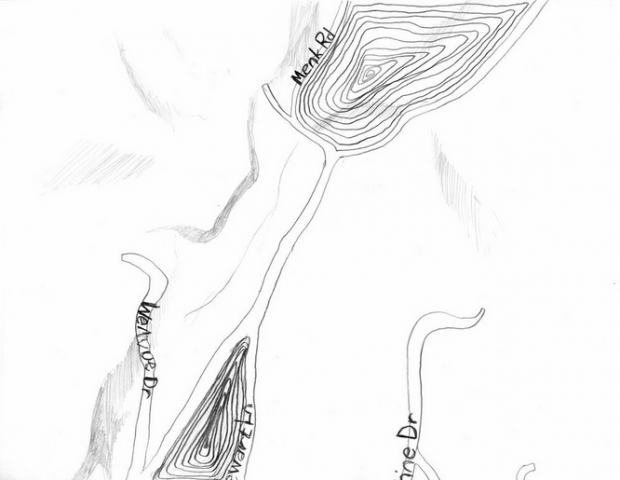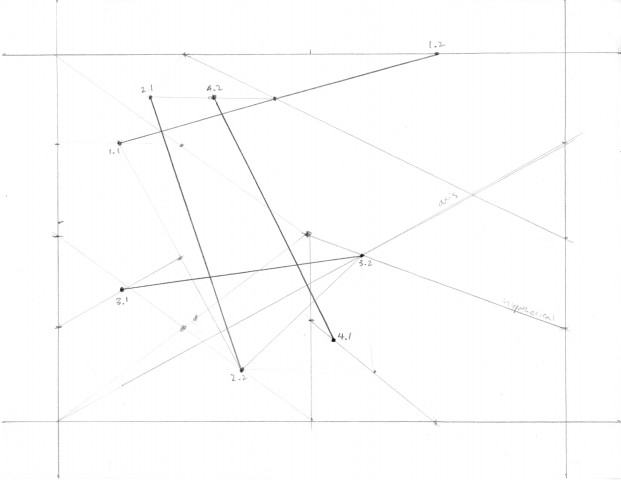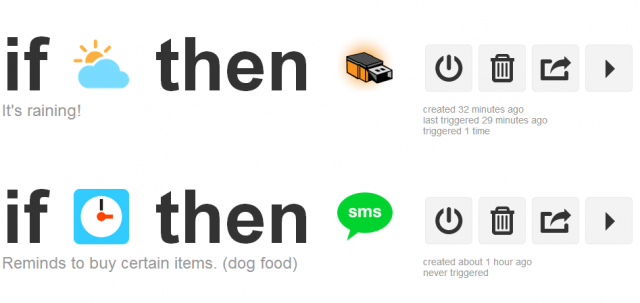
Out of the two recipes I made, I find the “if date/time, then send sms” trigger to be extremely useful for me. My phone remains almost always within my reach, and I often use it to set up reminders on the calendar. However, my phone doesn’t give me an alarm reminder. The connections with different websites and applications that IFTTT provides allows me to set up many different alarms and reminders from different websites quickly and efficiently. My first trigger is an alarm that sends me a text message in the beginning of the month to remind me to buy dog food for my grandparents back home. The other trigger will help me keep track of the weather so I can change my attire that day accordingly.
I think very highly of Jer Thorp’s viewpoint on the relations between people with each other. The internet lives off of people trying to find connections with each other, in an attempt to reach out, learn, give and explore. Jer Thorp showed us that an API is relatively easy to program, which I think is such a powerful and important tool. IFTTT is a perfect example of people connecting with each other. Softwares that once had no relations with each other are placed on one website and given the ability to connect together. I think this both allows people to use the website more efficiently, but is also a great way to promote new sites to people, as they browse through the different applications.
In my opinion, Jim Campbell’s “Formula for Computer Art” is a very simple and direct way of showing how items are created. Basic “ingredients” run through the left side, while magically on the right side, a new item appears. Both Jer Thorp and IFTTT shows us the details in the middle of this formula, how different ingredients mix together to become another useful new item.

